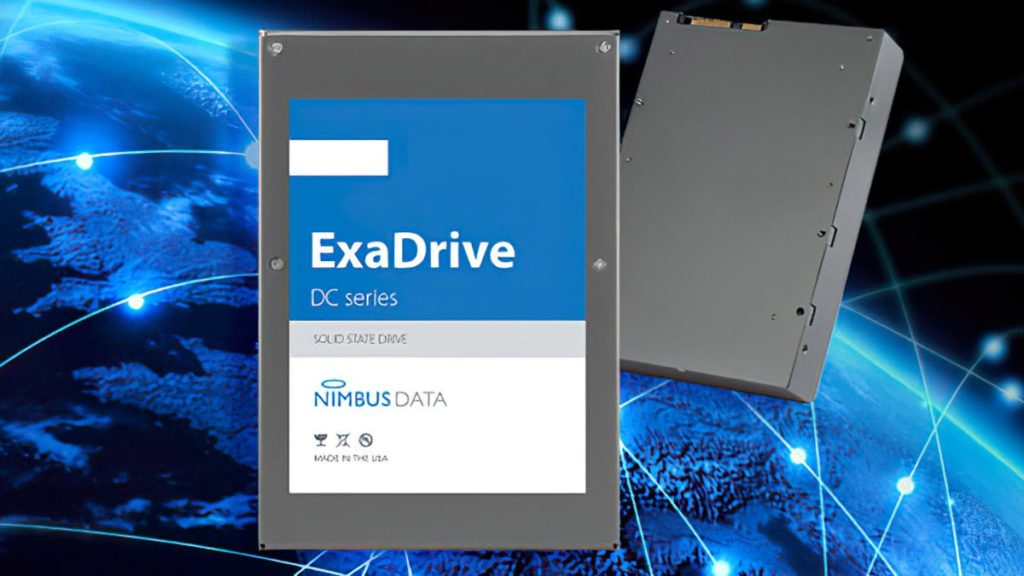
In what sounds like a wet dream for data hoarders who have fantasized about storing their entire collections into a single, compact, whisper-quiet system, Nimbus Data CEO Thomas Isakobich has confirmed that his company is developing a new SSD with an even greater capacity that’s set to blow even its pre-existing 100 TB solid-state drive out of the water. The executive played coy with the exact capacity of the drive in his recent email exchange with TechRadar, but based on what he teased in an older interview with the publication, this new SSD—presumably a new 3.5-inch ExaDrive model—will boast a record-breaking 200 TB, a ridiculous amount of space that’s capable of fitting over 2,000 of the biggest 4K Blu-ray rips (1:1) with plenty of room left over. The SSD could be revealed by Nimbus Data as early as the end of this year, and while Isakobich didn’t say anything about pricing, it is sure to be stupidly expensive. (The 100 TB ExaDrive DC already costs $40,000.)
“We are working on a successor to the 100 TB SSD that will deliver even more capacity, performance, and energy-efficiency than the ground-breaking 100 TB, and expect to deliver this next-generation SSD in 2022,” Isakobich told TechRadar.
Exclusive: The world’s highest capacity SSD is about to be blown out the water (TechRadar)
In an interview in 2020, 200TB was the magic number cited by Isakovich. Back then, 2021 was the expected arrival date for a solid state drive of that capacity, but Covid later took hold and disrupted supply chains like never before.
Now that things have almost gone back to normal, plans for a larger-than-100TB drive are back on track. For context, 200TB is ten times the capacity of the largest hard disk drive currently in production (e.g. Seagate Exos 20TB and Seagate IronWolf Pro 20TB).
The reason the Exadrive DC exists is to replace existing hard disk drives in data centers, so sticking to 3.5-inch would make sense, as would a SATA/SAS interface.
Back in 2018, 256Gbit NAND dies were used. But 1024Gbit ones are now available which, in theory, would allow for 400TB SSD to be rolled out. Meanwhile, 512Gbit NAND are no longer cutting edge and are likely to carry a lower price because of demand and supply.
